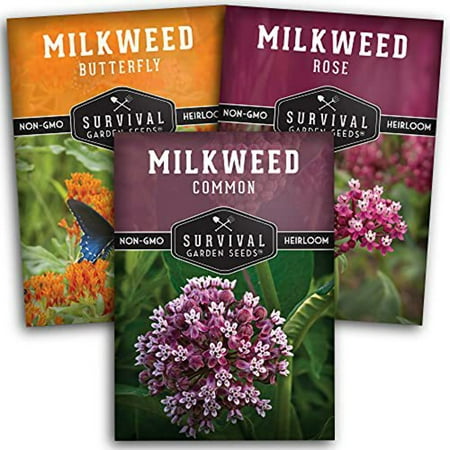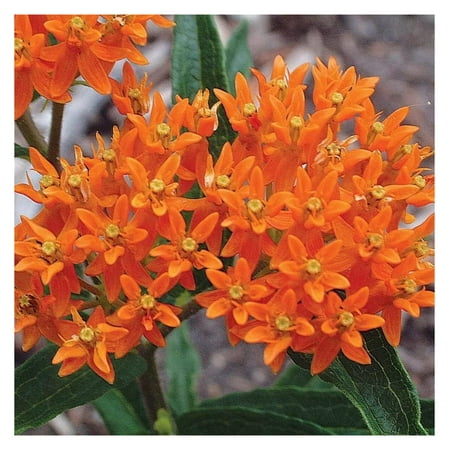The 3,000-mile migration of the monarch butterfly is about to begin – here's how you can help this native species
The monarch butterfly migration is one of the great wonders of the natural world, and gardeners have a part to play

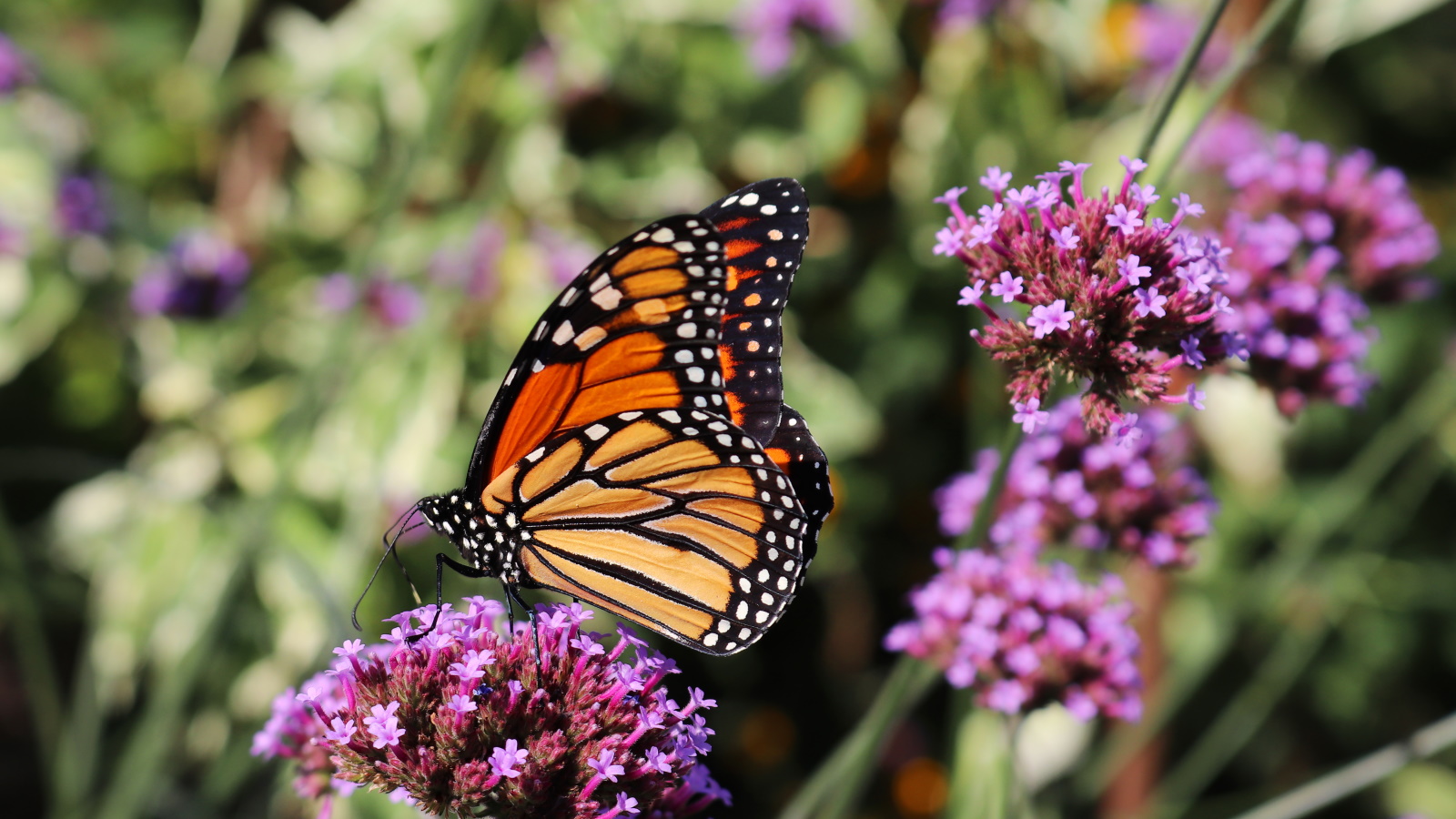
Monarch butterflies, Danaus plexippus, are perhaps the most iconic and recognizable of all North and Central American pollinators. These striking butterflies are famed for their orange and black wings, making them easy to spot as they fly and feed in the backyard. When backlit by the sun, I think the markings appear almost like the stained-glass windows found in an old chapel. Quite a sight to behold.
Each year, many monarch butterflies migrate from North America to overwinter in Mexico, seeking some heat and sunshine in the south, and who can blame them? Eastern monarchs travel up to 3,000 miles, migrating from the US to Mexico, in one of the great marvels of the natural world, that something so small and weighing so little can travel quite so far. In some regions, the monarch butterfly is known by another nickname, the wanderer, which seems fitting, I think, for this remarkable migrant.
Sadly, monarch butterflies are fighting for survival, and the recorded number of monarchs overwintering in Mexico declined by 84% from 1996 to 2014. Rural and urban gardeners have a part to play in helping the monarch butterfly migration by providing food and habitat. So, if you are keen to attract butterflies or you are looking for wildlife garden ideas this year, there are some easy and quick actions you can take that will have a big impact.
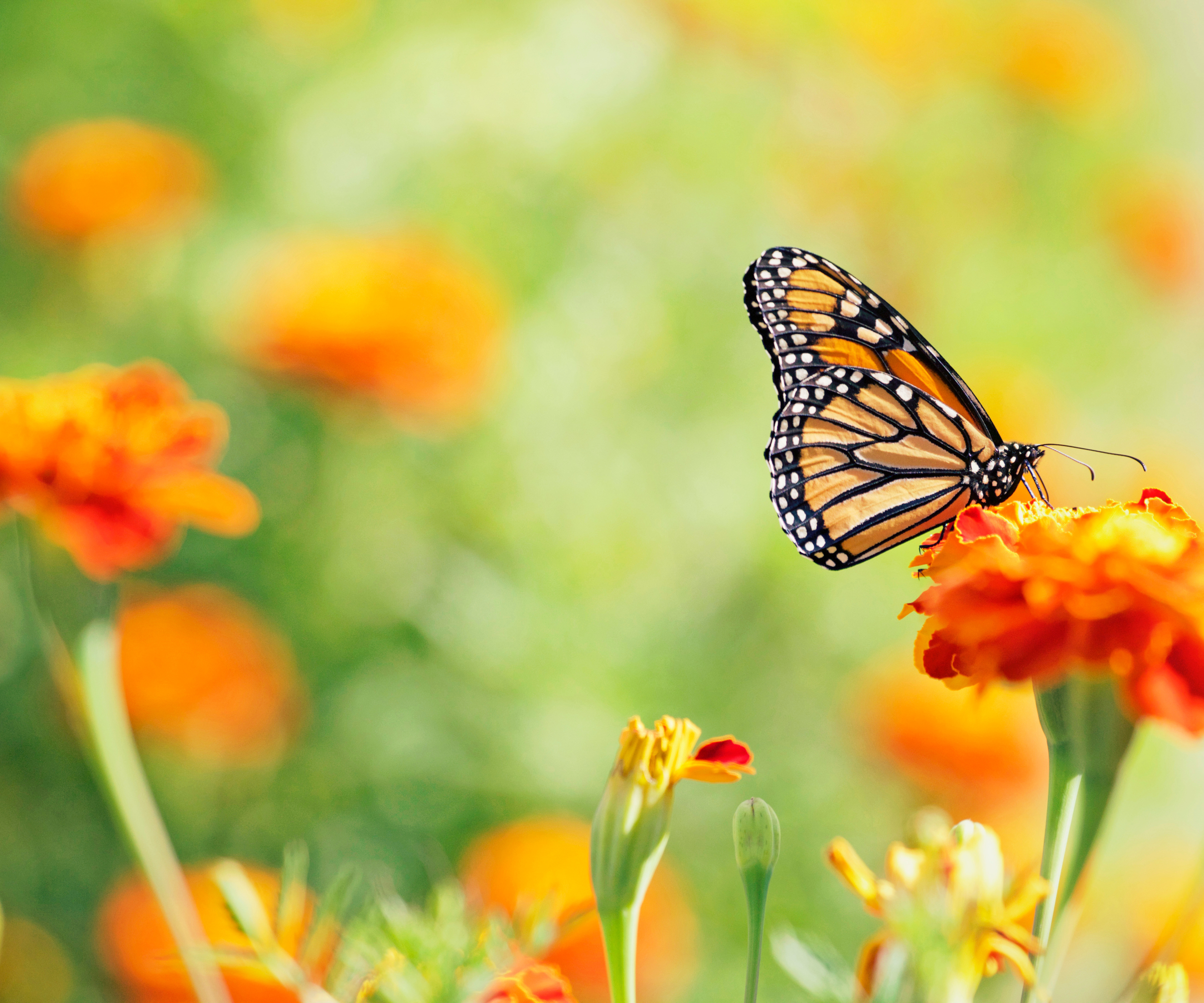
The 3,000 mile journey of the monarch butterfly
From August, monarch butterfly migration begins in the United States and Canada, meaning that these spectacular pollinators can be observed in many states as they journey southwards. Monarchs begin their fall migration in late summer, triggered by declining daylight and cooler evening temperatures.
In cooler, northerly US hardiness zones, such as in Washington or Oregon, the monarch butterfly migration will happen much sooner than southerly locations, such as California, where the migration will commence slightly later in the year.
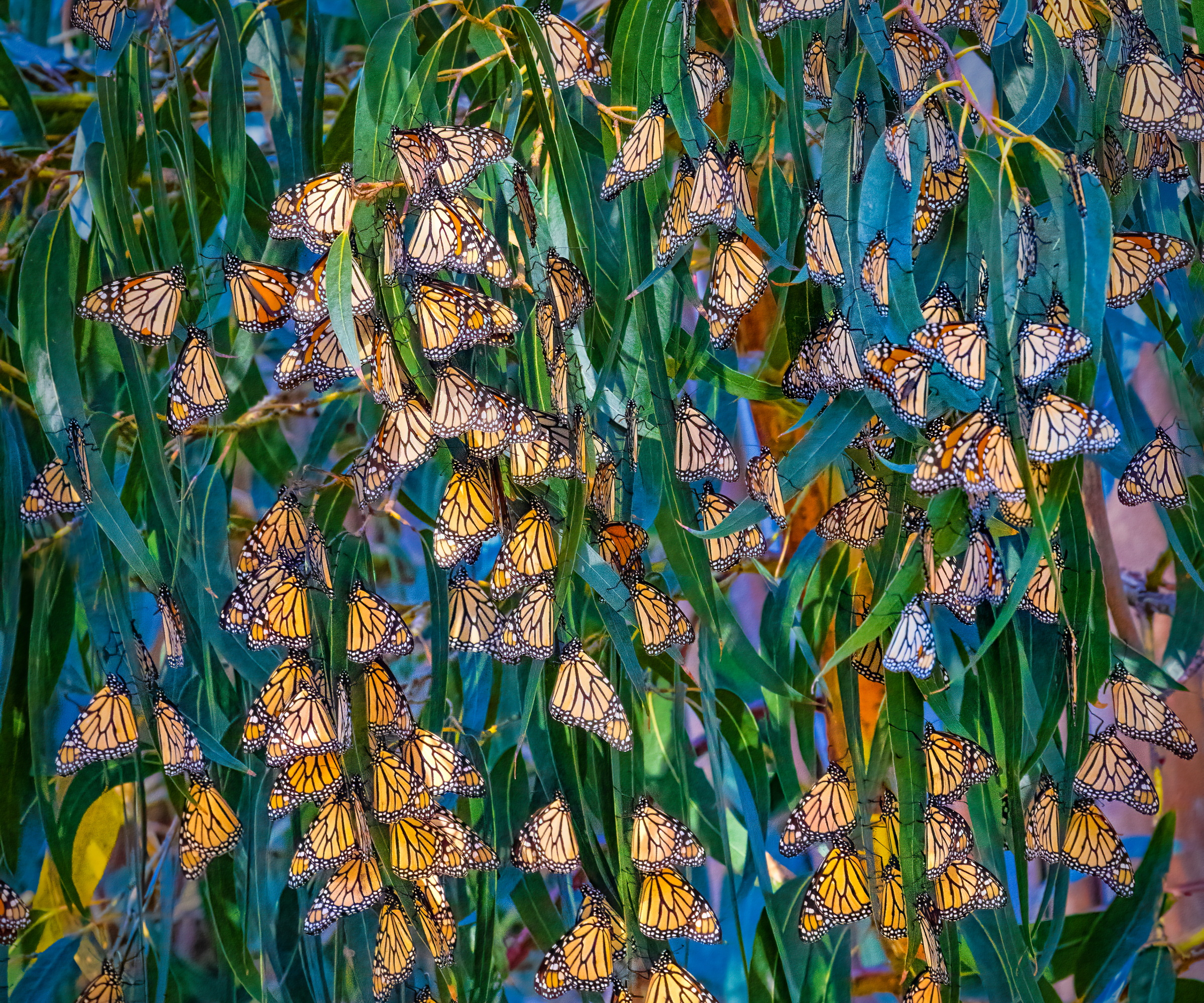
The journey of monarch butterflies, on both their fall and spring migrations, is extraordinary. It's mind-boggling to think that a tiny creature, barely the weight of a feather, can travel thousands of miles to their wintering grounds.
Many species will travel between 1,000 and 3,000 miles, at speeds of up to 100 miles per day. Monarch butterflies will begin to arrive at their overwintering locations in early November, remaining there until spring before making the return journey. A remarkable survival story, by any measure.
Design expertise in your inbox – from inspiring decorating ideas and beautiful celebrity homes to practical gardening advice and shopping round-ups.
Why are monarch butterfly numbers declining?
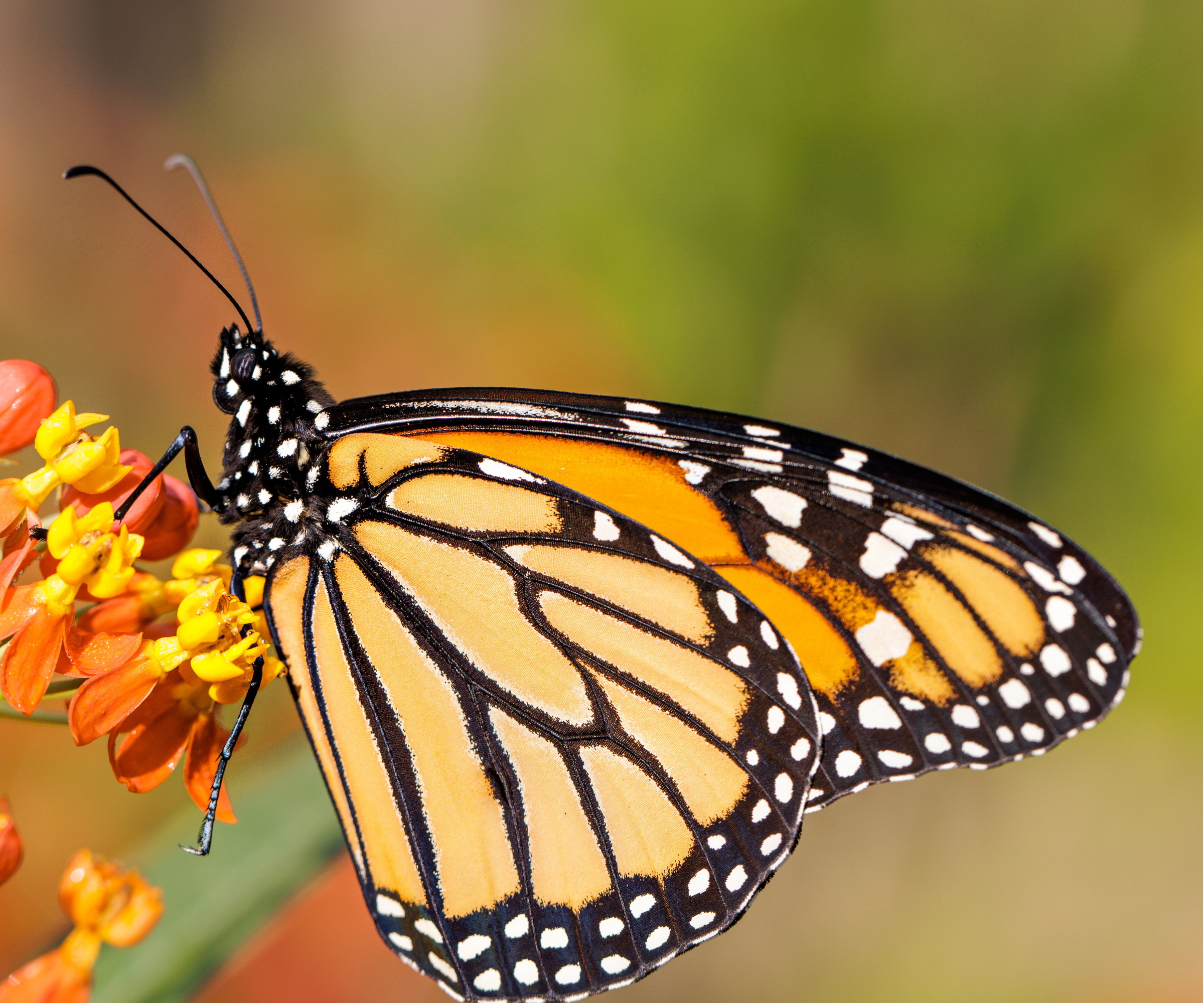
'Each year, an official count takes place to ascertain the monarch population overwintering in Mexico,' says Kylee Baumle, butterfly expert and writer, based in Northwest Ohio.
'Since it is impossible to count individual monarchs, hectares that their roosting trees are in are tallied. Insect populations in general will fluctuate from year to year, but monarch butterflies have experienced declining numbers in the last twenty-five years, due to a number of factors.
'The most important of these factors,' Kylee continues, 'is a reduction of habitat, especially milkweeds. Monarch butterflies are specialists, in that their only host plant, on which they lay their eggs and the young caterpillars feed, are native milkweeds.'
Earlier this year, the monarch count was dramatically down, causing much concern among environmentalists. 'The 2024 count was down by 59% compared to the previous year,' Kylee adds. 'It was the second lowest count since they began tallying the area the monarchs cover in Mexico, back in 1995.'
While sad, these numbers are not unexpected. As mentioned above, the recorded number of monarchs overwintering in Mexico declined by 84% from 1996 to 2014.
There is, however, cause for optimism, Kylee continues: 'The monarch is an extremely resilient insect, which has recovered in the past. All of this depends not only on the restoration of their habitat in the US and Canada but also on the weather. All stages of their life cycle are affected by weather trends, including winds, temperature and drought. If the weather is favorable during their breeding season, they can recover from even the lowest of numbers.'
Continuing on this positive note, according to Monarch Watch, which monitors population trends, there were indeed concerns earlier in the year, but, in June, numbers took an upswing and look comparable to previous years.
While this is good and welcome news, extreme population fluctuations are a cause for concern. Gardeners of all abilities are therefore being called on to help these migratory marvels.
If you are keen to count the butterflies in your yard, consider investing in a pair of binoculars, available from Amazon, perfect for bird and butterfly watching from a distance.

Kylee is an avid gardener and freelance writer living in rural Northwest Ohio. She is the author of two books, including The Monarch: Saving Our Most-Loved Butterfly, available from Amazon, which is in its fourth printing. Kylee also leads annual tours to Mexico to see the monarch butterflies in their overwintering location.
How you can help monarch butterflies?
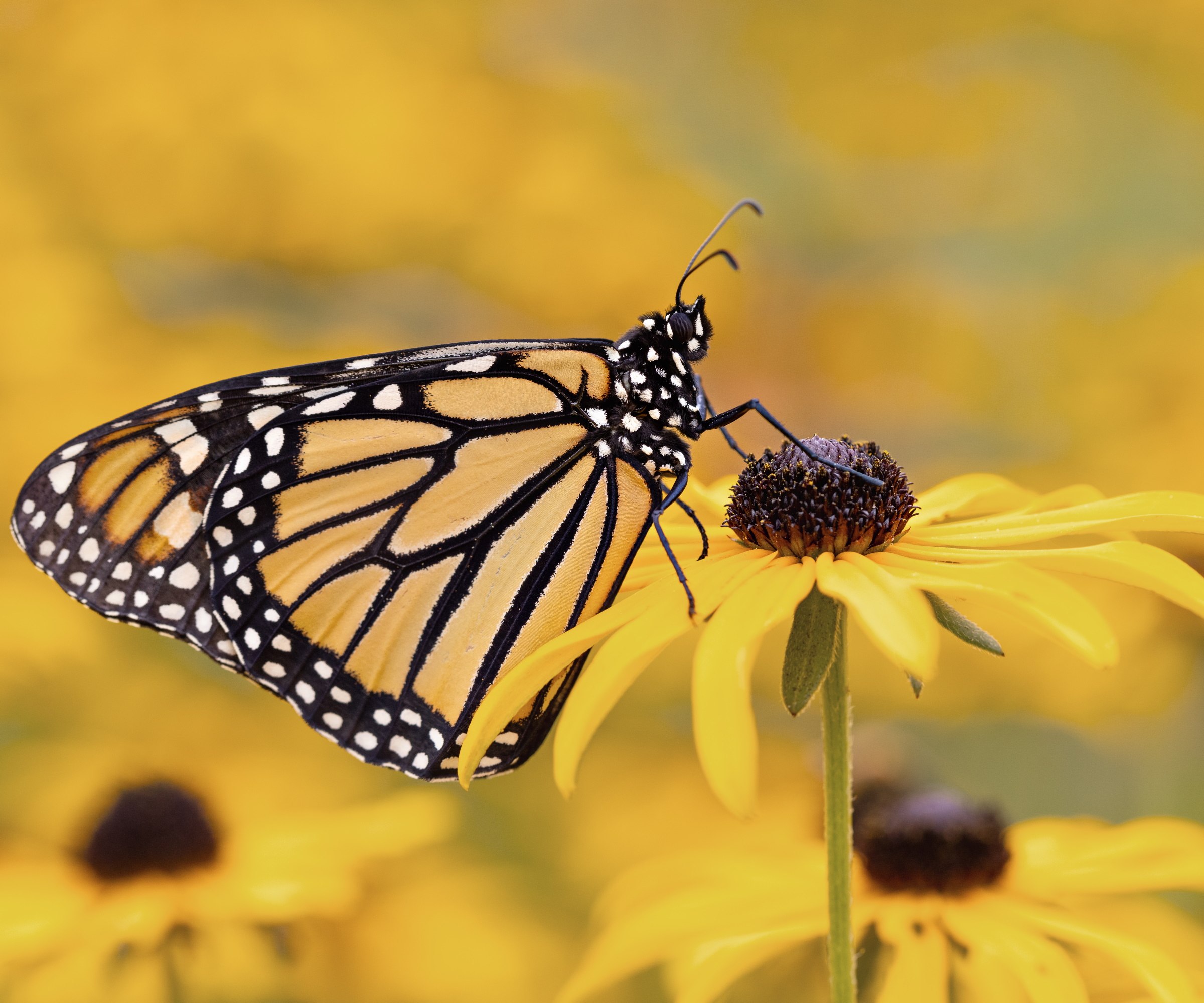
Gardeners are well-positioned to help monarch butterflies. Whether you want to plant a butterfly border, or perhaps learn how to grow milkweed, there are plenty of things to do that can encourage and assist butterflies in your yard. While small actions like this might seem inconsequential, just think, if one gardener on every street simply grew one or two milkweed plants, or filled their borders with wildflowers, butterfly populations would soar. Milkweed seeds are available via Amazon.
'Growing different varieties of milkweed plants in home gardens, public gardens, and even in containers would make a huge difference,' says Kylee Baumle.
'Anyone can help the monarch's cause, even if people don't have the opportunity to grow plants,' Kylee continues. 'Conversations with those who can garden will motivate others to help the monarch.'
We can support these extraordinary creatures, and indeed all butterflies, by planting milkweeds and other native plants.
Gardeners can also help by not cutting back blooms in summer or fall. In addition, one of the main ways that gardeners can help monarchs during their fall migration is by growing late-blooming native plants such as goldenrods and asters, which are important nectar, or fuel, sources for migrating monarchs. Live aster plants are available from Walmart.
Finally, it is a good idea to provide water for wildlife in your yard. Butterflies need water, particularly during the heat of summer, so consider installing a small pond, water feature, or butterfly puddler, which can be as simple as filling a disused plastic tray with fresh water once a week. Butterfly puddlers are available from Amazon.
FAQs
How to identify monarch butterflies
All monarch subspecies appear similar, with vibrant orange wings detailed with black veins, and a black border dotted with white spots, as seen in the images here. While this coloration is beautiful, it is actually a defensive evolutionary adaptation, serving to convince predators that this insect is dangerous, toxic and inedible. In terms of size, monarch butterflies can measure up to 5 inches across, making them one of the largest native species to observe.
What other butterfly species are common to see in summer?
There are many beautiful butterflies to see in summer. Many different species of swallowtail butterflies can be seen in backyards in August and September, recognizable by their fan-like tails. Painted lady butterflies are another popular pollinator, easily seen with their striking orange, black, red and white marbled pattern. I recommend spending a calming, still moment in the garden - you will be surprised by how many butterflies you spot.
By incorporating native host plants in your yard, you can play a significant part in helping to boost monarch populations. For more information on attracting wildlife and pollinators to your yard, see our article on what is meadowscaping, to incorporate native, wildlife-friendly flora in your plot this year.
For more wildlife information, see our guide to the warbler migration, to ensure that your yard is a safe haven for our native traveling songbirds.

Thomas is a Content Editor within the Gardens Team at Homes and Gardens. He has worked as a professional gardener for both public spaces and private estates, specializing in productive gardening, growing food and flowers. Trained in Horticulture at the Garden Museum, he has written on gardening and garden history for various publications, including The English Garden, Gardens Illustrated, Hortus, The London Gardener and Bloom. He has co-authored a Lonely Planet travel book, The Tree Atlas, due out in 2024.
